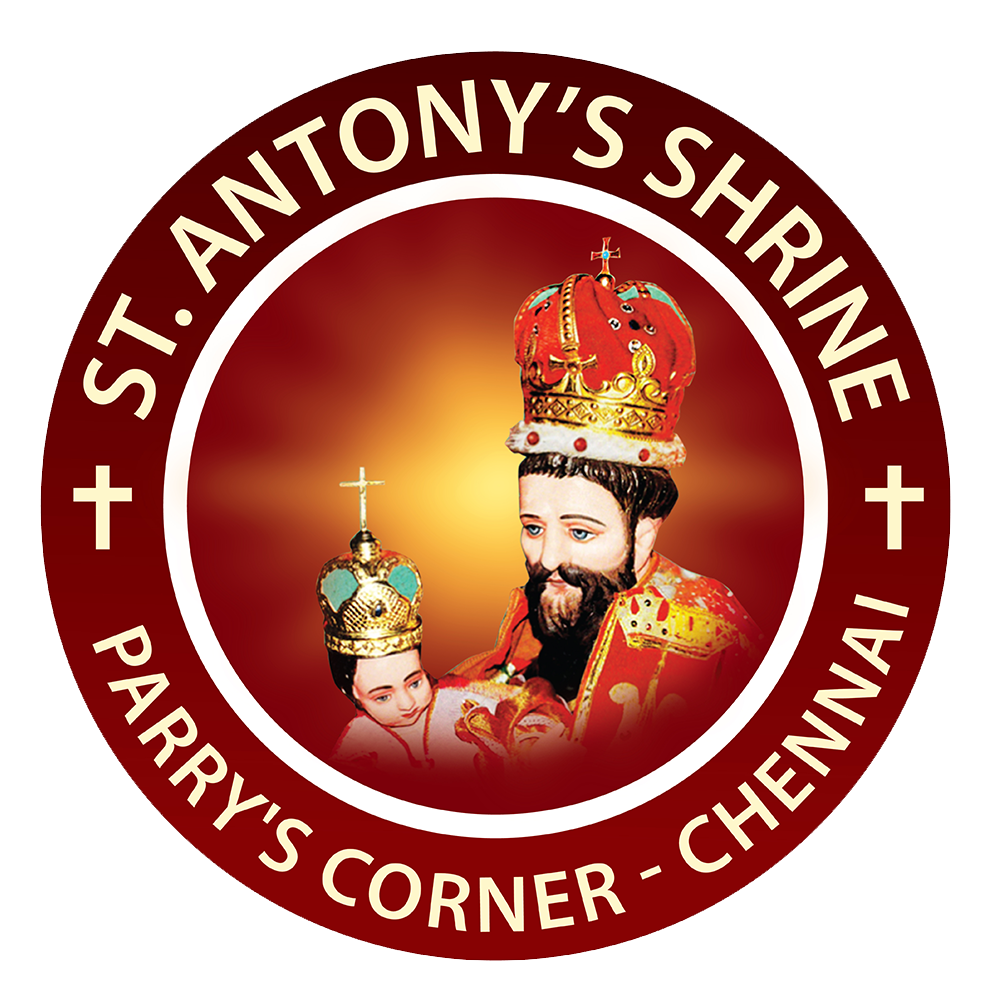
When life gets tangled, who better to go to than our mother?
Envision the knots that you have tried to untie in your life—a gold chain, a phone charger, or a vacuum cord. Maybe a string in the waistband of your sweatpants. And did you, as I have done, worsen the problem by being impatient? Did you pull the knot even tighter, becoming angrier? I think of all the times I tried to undo a knot by poking it with a needle or nibbling at its strings with my teeth.
These are the literal knots in our lives. And thus, we have the exquisite metaphor that is “Mary, Untier of Knots,” a Marian devotion inspired by a painting of the same name. Because, as we know, it’s not the snarls in our hands that cause the most pain, but the ones pulling tightly within us—the scary knots that become unbearable. As Pope Francis once pondered, “Those are the ones that are out of our hands, the knots of selfishness and indifference, economic and social knots, knots of violence and war.”
We can trace the journey of her ribbon of hope through the pope himself, as he’s treasured this Mary within his own heart for decades. He first discovered the original painting in the 1980s when he was a student. The artwork, dated around 1700, is by Johann Georg Melchior Schmidtner.
Pope Francis transplanted this image from Augsburg, Germany, and brought her to Latin America. The adoration of the Blessed Mother has spread across years and continents. And now it has landed right in the middle of the world’s heartache over COVID-19.
Personally, after these years of the pandemic, I’ve been saddled with brain fog, unable to finish most books that I start, unable to concentrate, relying on the calculator on my phone to add and subtract the simplest of numbers. The list goes on.
My intellectual sharpness has eroded, and I’m emotionally numb. I find this is true for most people I encounter—both strangers and those close to me. Perhaps the word to best describe it is disorientation. I don’t know when exactly, but at some point, Mary burst through my weariness and became a central part of my prayer life. Because, in all honesty, I have been floundering there too.
Let Go of Suffering
Mary entered, as she always does, because of grace. What burned through my gray sky, my despair, my loneliness? The simplicity of Schmidtner’s painting. All I had to do was think of my problems as knots and give them to her. It was so simple that, even in my pervasive exhaustion, it could be done.
In the painting, Mary is lit by the orb of a dove. She stands gazing down at a white ribbon, untangling a knot. With a calm expression, head tilted, the knot she’s working on is at the precise moment of opening wider and becoming loose. I know that feeling—when the knot finally yields.
The angel assisting her on the left stretches out his bare arm. The silky tip of the ribbon hangs from his open palm. He stares out at us, the viewer, composed and confident. The expression on the angel’s face says, to put it in contemporary language, “She’s got this.”
The angel on the right is assisting with the messy spool of ribbon. It’s enormous. But why fear problems and pain that might be in the future? Why not just trust? It’s hard, especially when our knots are situations that never seem to heal, never shift, never stop. It’s overwhelming, but not so much if we simply ask, “Can you help me with this?” And, being a mother, she responds with: “Let me try. Hand it over.”
I’ve spent a lot of my life chasing after God, thinking my efforts were what would lead me deeper. And I do admire my discipline, my desire for an ever-deepening intimacy. But what this image has been showing me through all that has frayed in the pandemic is that it’s time for me to know that God reaches us.
Our simplest stories have pointed to this over and over. We are the lost lambs being met more than halfway. In fact, we’re met all the way. I’ve wondered if it is the ingrained part of our American culture, the belief that striving is a virtue. Is this the result of a misguided belief that we somehow must earn God’s love? This is in direct opposition to what we have been told: of a love everlasting, unfailing.
It’s harder to pare down, to simplify, to trust the process of stillness. When I saw the photo of Pope Francis in 2021, praying before Mary, Untier of Knots, I was moved by the gift of his continually modeling that we place our trust in God. We are deserving of love and grace. It’s not about the doing, but about the receiving. And if we put that knot into Mary’s hands, we can let our suffering go. Then our own hands are free to receive.
Hearts Opened
I’m no expert on novenas, but I’ve done one for Mary for a very simple reason. During my morning prayer time, I’ve been slipping and sliding, unsure of how to get any traction. I do novenas because they allow me to use a predetermined structure: day one, day two, day three, and so on. Wake up, get coffee, light a candle, start the prayer.
If I’m honest, my tightest knots have to do with family situations—ones that have been there a long time or more recently. I know that the point of a novena isn’t like making a wish on your birthday cake and wanting it to come true. But I can say that, doing this novena, I have found more peace as the knots begin to dissolve.
